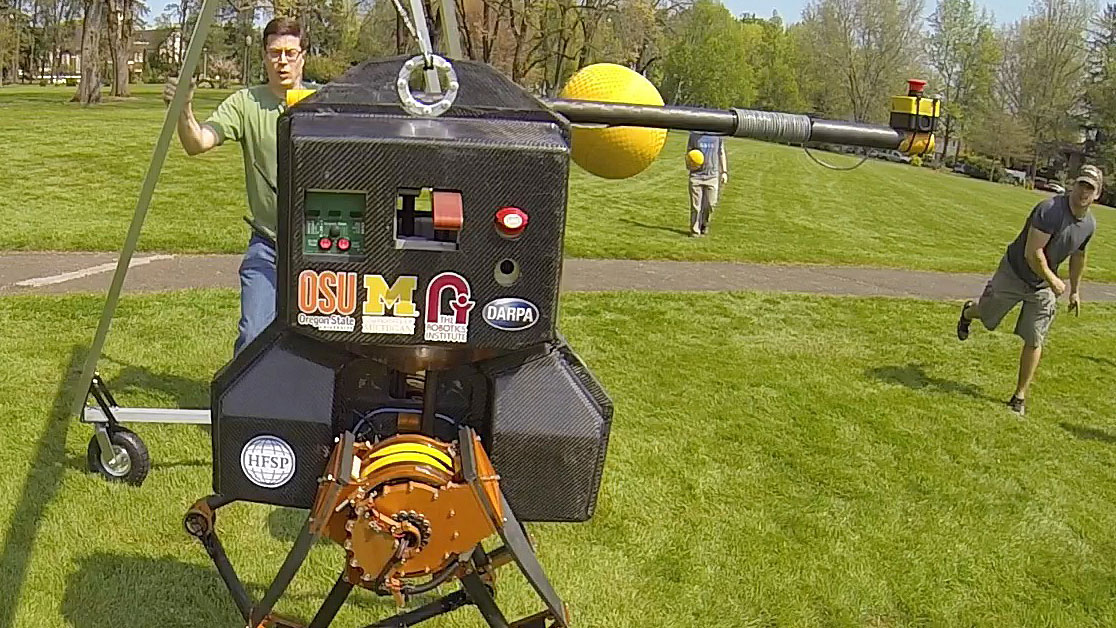'Spring-mass' technology lets this robot walk like a human
♪ Walk like a man, talk like a man ♪

Robotics researchers at Oregon State University reckon that they've created a robot that walks more like a human than any before. It's hoped that it could allow robots to be more integrated into our lives.
The breakthrough is based on "spring-mass" theory, which combines a mechanical system of walking with computer control. That combination lets the robot react blindly to rough terrain while maintaining balance and retaining efficiency of motion. The team described their technique in an article in IEEE Transactions on Robotics.
The concept was theorised less than a decade ago, and came from studies of both human and animal walking and running. It turns out that we combine sensory input from nerves, vision, muscles and tendons to create our locomotion.
Putting Theory Into Action
Now, that process has been put into a working robot - one named ATRIAS, which has been undergoing testing for several months. It's three times more energy-efficient than other human-sized two-legged robots. "Other robotic approaches may have legs and motion, but don't really capture the underlying physics," said Jonathan Hurst, who runs the Dynamic Robotics Laboratory at Oregon State University.
Hurst added that he believes legged robots will be able to more closely integrate into human lives. "We know it is possible, based on the example of animals. So it's inevitable that we will solve the problem with robots. This could become as big as the automotive industry."
He said: "We're convinced this is the approach on which the most successful legged robots will work. It retains the substance and science of legged animal locomotion, and animals demonstrate performance that far exceeds any other approach we've seen. This is the way to go."
Get daily insight, inspiration and deals in your inbox
Sign up for breaking news, reviews, opinion, top tech deals, and more.
